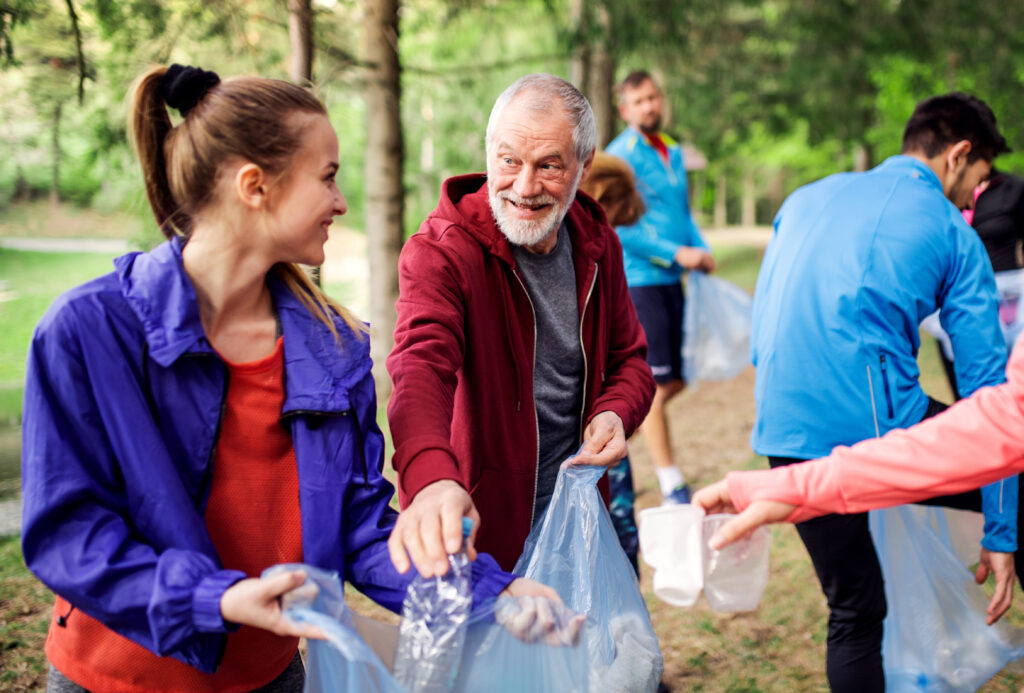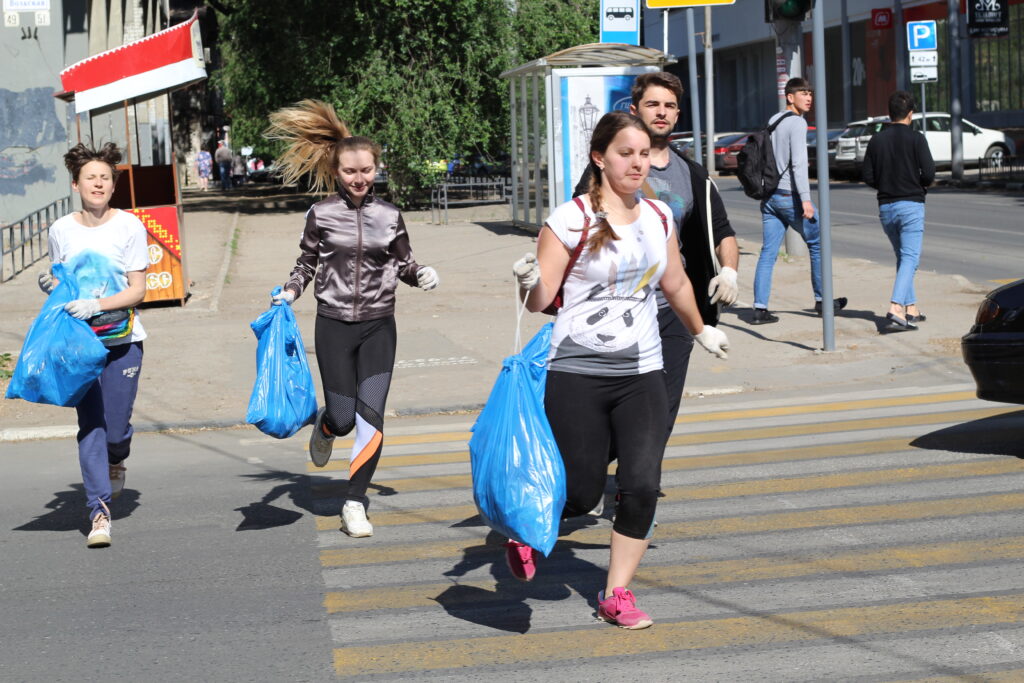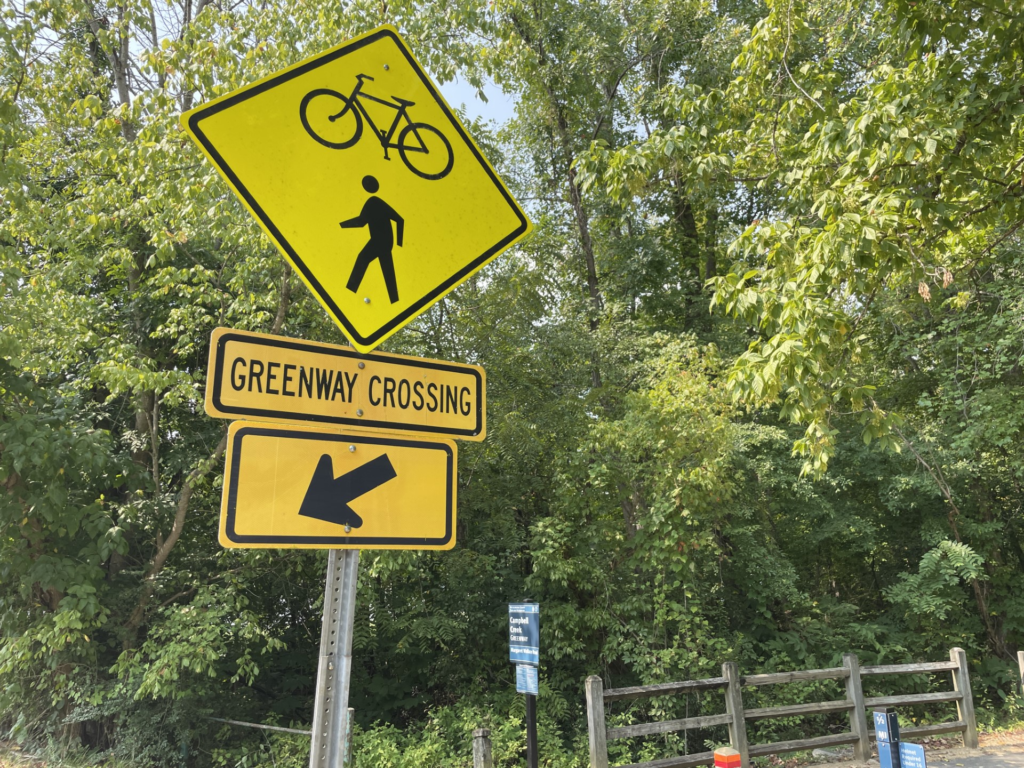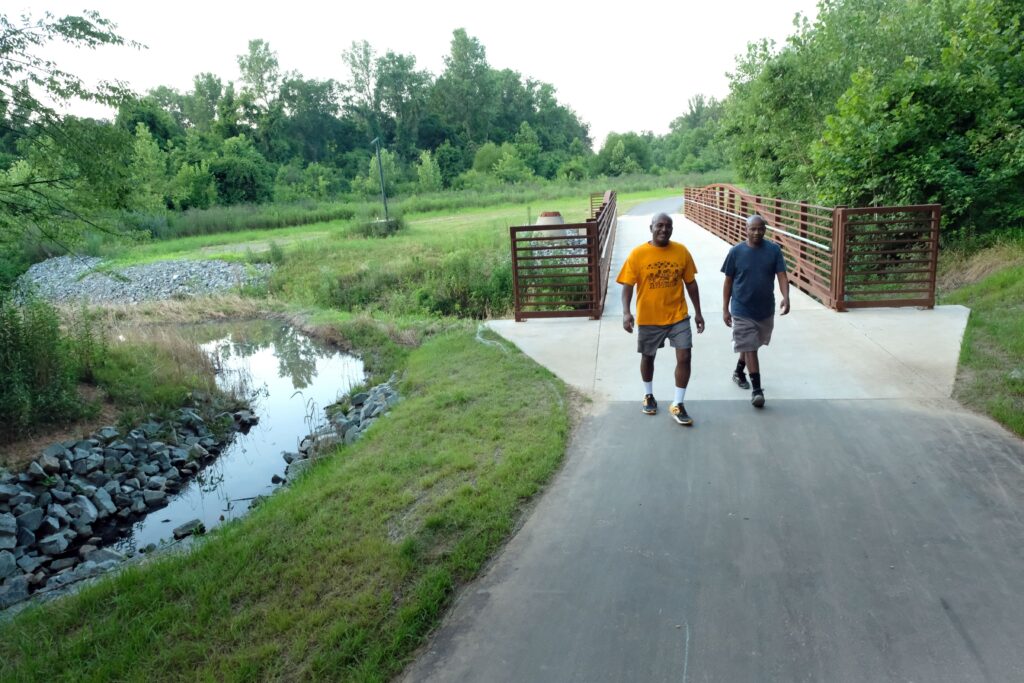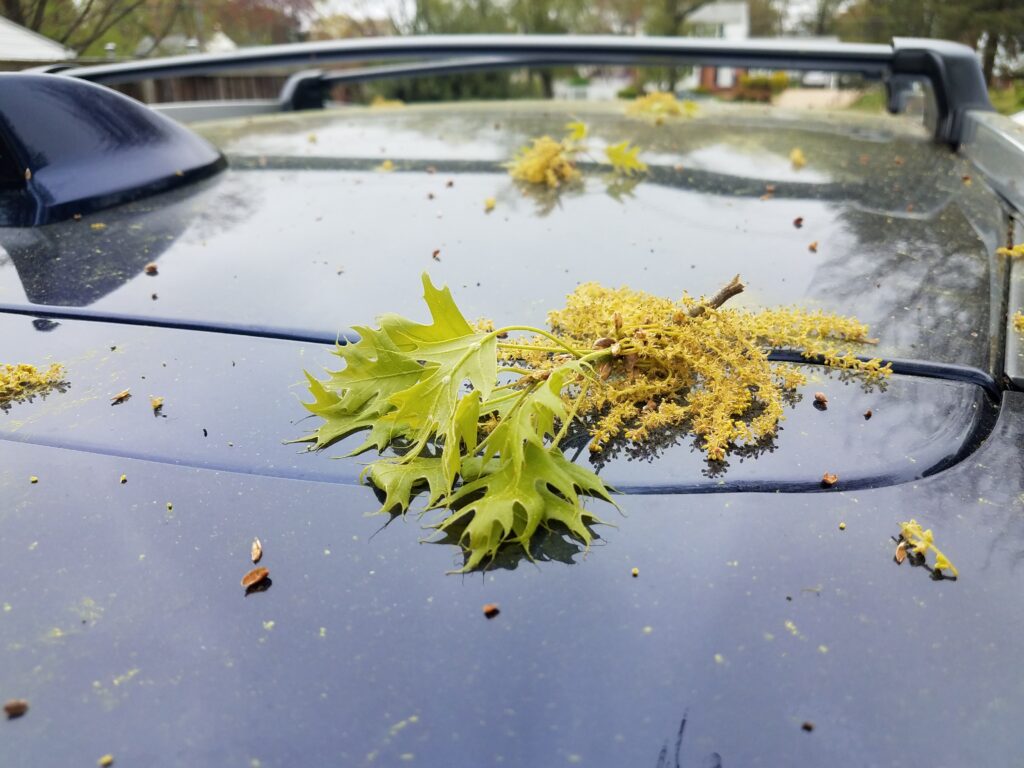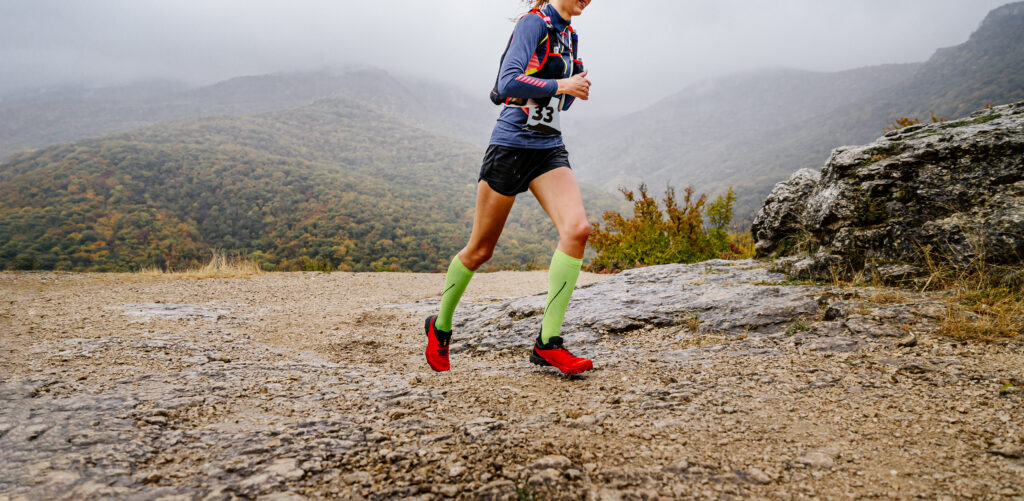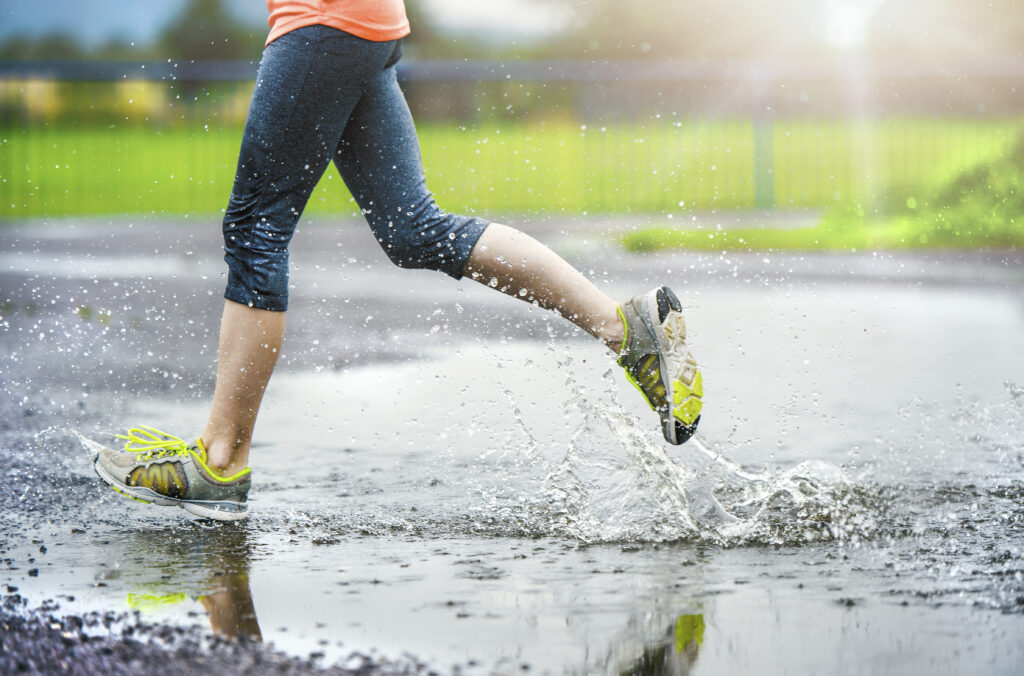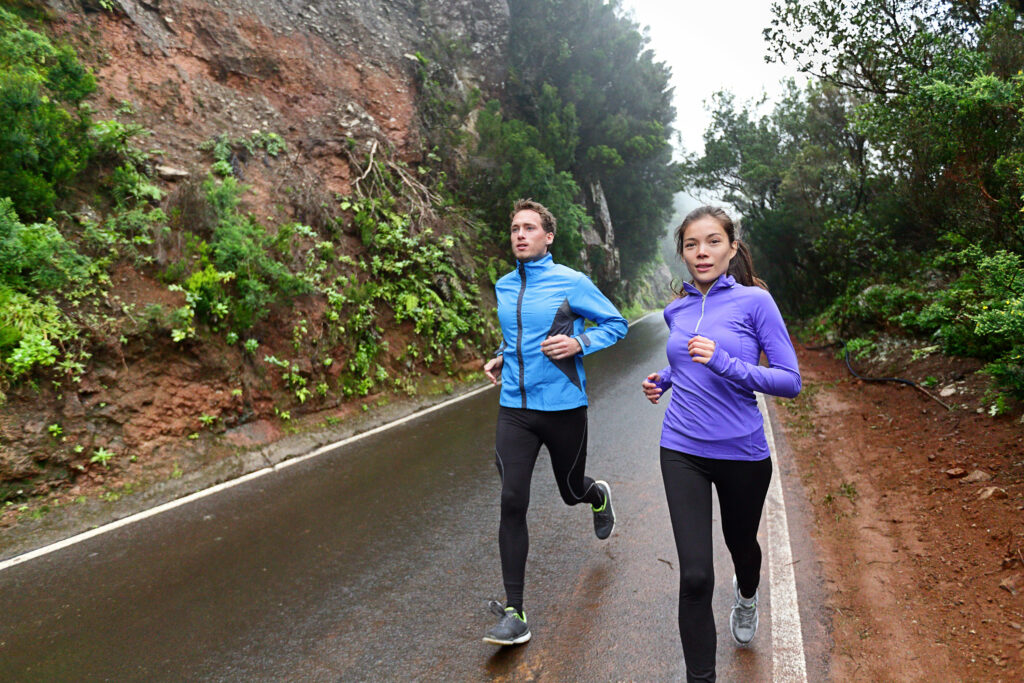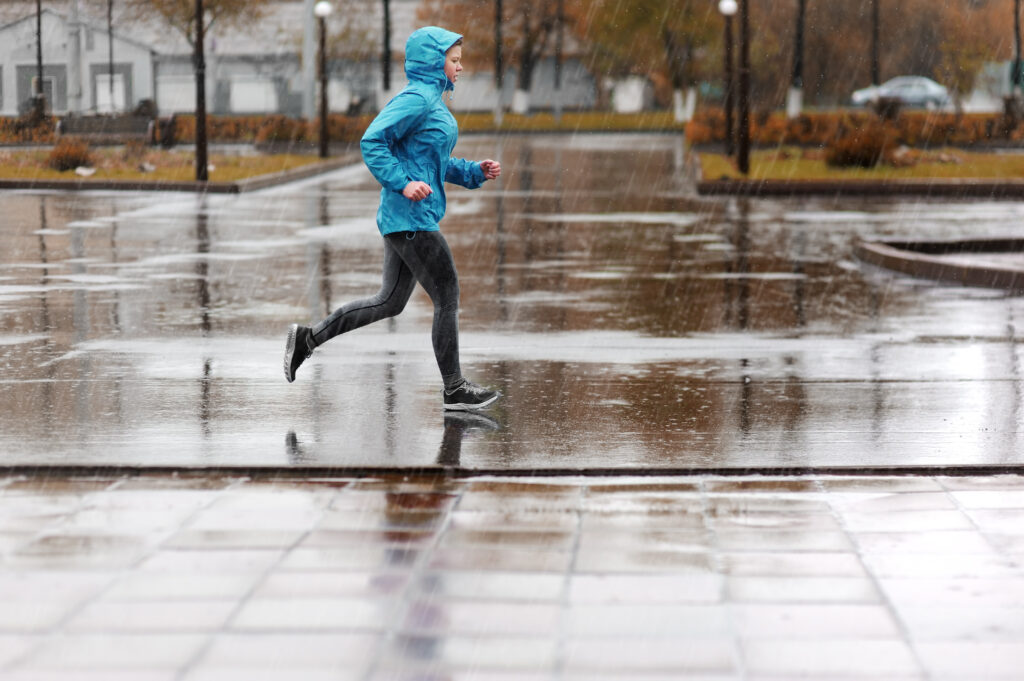April 25, 2024
Charlotte — RunCharlotte and the Novant Health Charlotte Marathon announce an all-new partnership with Charlotte-based Keffer Chrysler Dodge Jeep RAM (Keffer Jeep). Keffer Jeep joins the event as Official Auto Partner.
RunCharlotte owns and produces six of Charlotte’s most well-known running events, including the Novant Health Charlotte Marathon, which celebrates its 20th anniversary this fall. Keffer Jeep is a market leader in diverse vehicle inventory, customer service, and community involvement. This new partnership allows both brands to act on a shared mission to make a positive impact on the communities they serve.
“We’ve had a long relationship with Jim Keffer and the Keffer brand over the years,” said Tim Rhodes, RunCharlotte President and Managing Partner of the Novant Health Charlotte Marathon. “This partnership with Keffer Jeep takes it to the next level, bringing a brand that’s synonymous with adventure and fun, and connecting it to the unique experience here at the Novant Health Charlotte Marathon.”
Runners can expect to see Keffer Jeep plug-in hybrid electric vehicles (PHEV) leading the November 16th Novant Health Charlotte Marathon. RunCharlotte and Keffer Jeep will partner on other opportunities throughout the year.
“We at Keffer Chrysler Dodge Jeep RAM are thrilled to be the Official Auto Partner of the Novant Health Charlotte Marathon,” said Rick Trinkl, Keffer Jeep General Manager. “Celebrating 50 years in business, we’re driven to inspire and support every runner’s journey, mirroring their endurance and determination with our dedication to excellence in automotive service. Together, we’re running towards a brighter, more connected community.”
About RunCharlotte and the Novant Health Charlotte Marathon
RunCharlotte is Charlotte’s home for the resources, inspiration, and experiences to guide runners of all paces. Since 2005, the Novant Health Charlotte Marathon has capped the local road racing season. The event, its participants, and partners have contributed nearly $500,000 to support programs at Novant Health’s Hemby Children’s Hospital. November 16, 2024 marks the 20thanniversary running of The Novant Health Registration is open for all events at: https://runsignup.com/Race/NC/Charlotte/CharlotteMarathon
About Keffer Jeep
Keffer Chrysler Dodge Jeep RAM (Keffer Jeep) is a prominent dealership in Charlotte, NC, celebrated for its 50 years of dedicated service and commitment to integrity and customer satisfaction. This family-run dealership prioritizes honesty, transparency, and respect, ensuring a straightforward car-buying experience with their Price Beat Guarantee. Keffer Jeep positions itself as more than just a dealership; it’s a part of the community, emphasizing southern hospitality and treating every visitor like family. Whether customers are in search of a rugged RAM 1500 or the iconic Jeep Wrangler, Keffer offers a wide selection of vehicles to meet diverse needs. Promising a warm welcome with a smile and a handshake, Keffer Jeep aims to make every customer a lifelong friend, reflecting their ethos of “The Family Store” in every aspect of their operations.
# # #
Media contact: DC Lucchesi dc@well-runmedia.com 704-577-8459





